My dog recognizes the sounds a Waymo car makes
Most of us know the general (albeit simplified) story: Russian physiologist Ivan Pavlov used a stimulus—like a metronome—around the dogs he was studying, and soon, the hounds would start to salivate. They had learned that the sound meant food was coming. The phenomenon, now known as classical conditioning, became one of modern psychology’s foundational discoveries. It’s an unconscious process where a neutral stimulus becomes associated with a naturally occurring stimulus, eventually leading to a connection between the two. The dogs, seeing the researcher who often brings them food or hearing the noise of the cart on its way, would immediately know they were about to have a meal. Flash forward 120 years: my dog and I are riding through San Francisco in a self-driving car. I’ve taken Waymo’s autonomous vehicles dozens of times, often with my 9-year-old chiweenie, Poppy, nestled on my lap. She usually naps peacefully, facing inward, oblivious to the world outside. Near the end of each ride, the car makes a familiar “ding-dong” chime, followed by a woman’s voice reminding me to take my phone, keys, and wallet. Poppy, unfazed, would remain in a deep sleep until the car stopped, I unbuckled my seatbelt, and picked her up to get out. Back to the world of smells and fresh air! Lately, I’ve noticed something strange: As soon as the ding sounds, Poppy wakes up, turns around, and readies herself at the door without my help—every single time. Is this . . . Pavlov’s Waymo? As a serious journalist in pursuit of all the hard-hitting truths, I emailed the veterinary team at Bond Vet. The short answer to my not-so-serious question? Yes. “In practical terms, the sound acts as a cue, prompting her anticipation to leave. This behavior develops because the sound repeatedly coincides with the end of the ride, and the reward of getting out reinforces her response,” Dr. Lisa Lippman, director of virtual medicine at Bond Vet, said in an email. “Dogs are incredibly perceptive and often pick up on routines and environmental cues like this, it’s a great example of how they learn and adapt!” Researchers at the University of California, Davis, found in 2021 that common household noises, like a microwave beep or the chirp of a smoke detector, can cause a dog anxiety. Thankfully, Poppy doesn’t seem very anxious about the car’s noise (although humans are notoriously bad at sensing a dog’s stress or real emotions). But it made me think of the constant notifications and dings of our world. At the same time as our pets, we as humans are being classically conditioned. The microwave beep alerts us that we’re about to be rewarded with food, the “tudum” sound when you open the Netflix app prepares us for entertainment, the Waymo chime let’s us know it’s almost time to get out. Brands especially have utilized classical conditioning to associate their product with an emotion. “When we play sound feedback for Waymo riders, our guiding philosophy is to be friendly and helpful,” Waymo’s Head of Design and Customer Research Ryan Powell said over email. “That means playing sounds that feel connected and familiar, but not intrusive. We want to be thoughtful about how and when we play sound, so that riders can rely on these signals for their safety and comfort. Sometimes we’ll play sound followed by a voice explanation for more detail.”

Most of us know the general (albeit simplified) story: Russian physiologist Ivan Pavlov used a stimulus—like a metronome—around the dogs he was studying, and soon, the hounds would start to salivate.
They had learned that the sound meant food was coming. The phenomenon, now known as classical conditioning, became one of modern psychology’s foundational discoveries. It’s an unconscious process where a neutral stimulus becomes associated with a naturally occurring stimulus, eventually leading to a connection between the two. The dogs, seeing the researcher who often brings them food or hearing the noise of the cart on its way, would immediately know they were about to have a meal.
Flash forward 120 years: my dog and I are riding through San Francisco in a self-driving car. I’ve taken Waymo’s autonomous vehicles dozens of times, often with my 9-year-old chiweenie, Poppy, nestled on my lap. She usually naps peacefully, facing inward, oblivious to the world outside.
Near the end of each ride, the car makes a familiar “ding-dong” chime, followed by a woman’s voice reminding me to take my phone, keys, and wallet. Poppy, unfazed, would remain in a deep sleep until the car stopped, I unbuckled my seatbelt, and picked her up to get out. Back to the world of smells and fresh air!
Lately, I’ve noticed something strange: As soon as the ding sounds, Poppy wakes up, turns around, and readies herself at the door without my help—every single time.
Is this . . . Pavlov’s Waymo?
As a serious journalist in pursuit of all the hard-hitting truths, I emailed the veterinary team at Bond Vet. The short answer to my not-so-serious question? Yes.
“In practical terms, the sound acts as a cue, prompting her anticipation to leave. This behavior develops because the sound repeatedly coincides with the end of the ride, and the reward of getting out reinforces her response,” Dr. Lisa Lippman, director of virtual medicine at Bond Vet, said in an email. “Dogs are incredibly perceptive and often pick up on routines and environmental cues like this, it’s a great example of how they learn and adapt!”
Researchers at the University of California, Davis, found in 2021 that common household noises, like a microwave beep or the chirp of a smoke detector, can cause a dog anxiety. Thankfully, Poppy doesn’t seem very anxious about the car’s noise (although humans are notoriously bad at sensing a dog’s stress or real emotions). But it made me think of the constant notifications and dings of our world.
At the same time as our pets, we as humans are being classically conditioned. The microwave beep alerts us that we’re about to be rewarded with food, the “tudum” sound when you open the Netflix app prepares us for entertainment, the Waymo chime let’s us know it’s almost time to get out. Brands especially have utilized classical conditioning to associate their product with an emotion.
“When we play sound feedback for Waymo riders, our guiding philosophy is to be friendly and helpful,” Waymo’s Head of Design and Customer Research Ryan Powell said over email. “That means playing sounds that feel connected and familiar, but not intrusive. We want to be thoughtful about how and when we play sound, so that riders can rely on these signals for their safety and comfort. Sometimes we’ll play sound followed by a voice explanation for more detail.”




























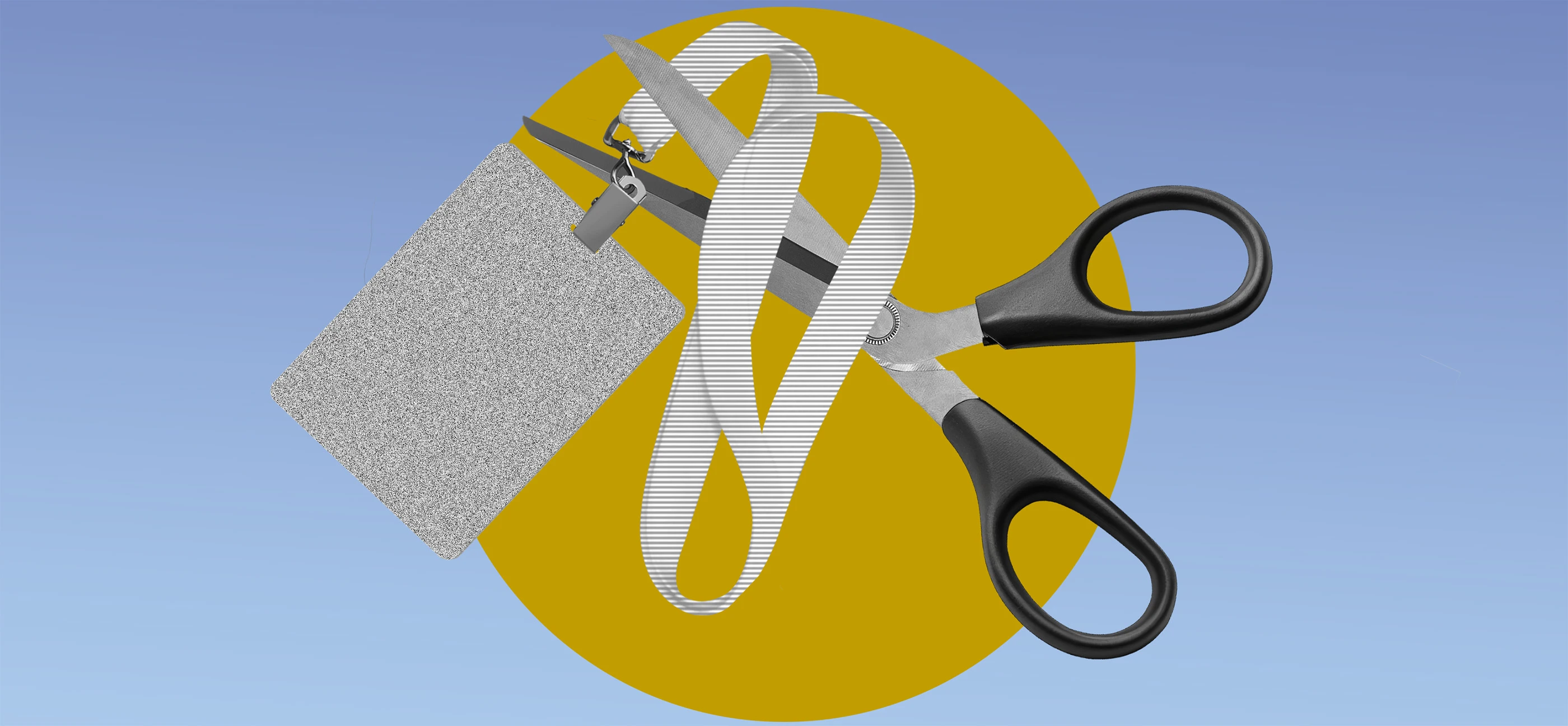






























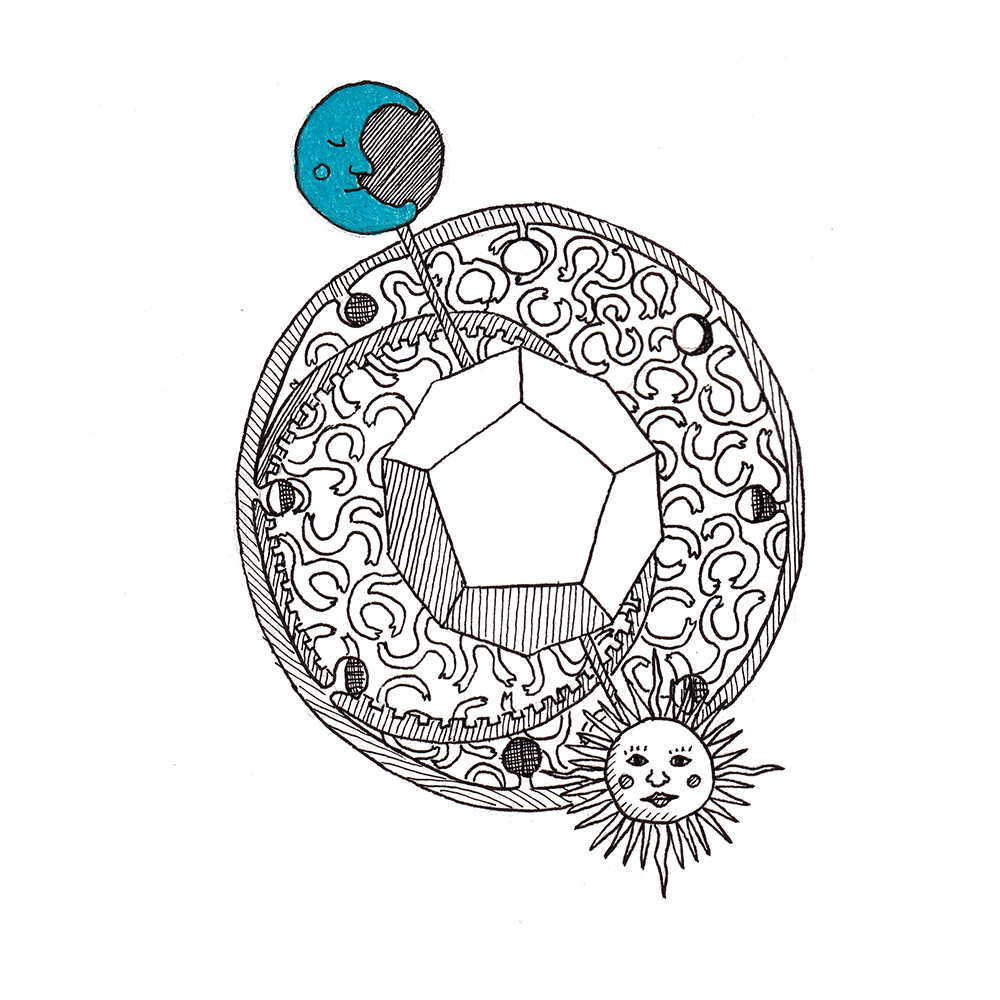
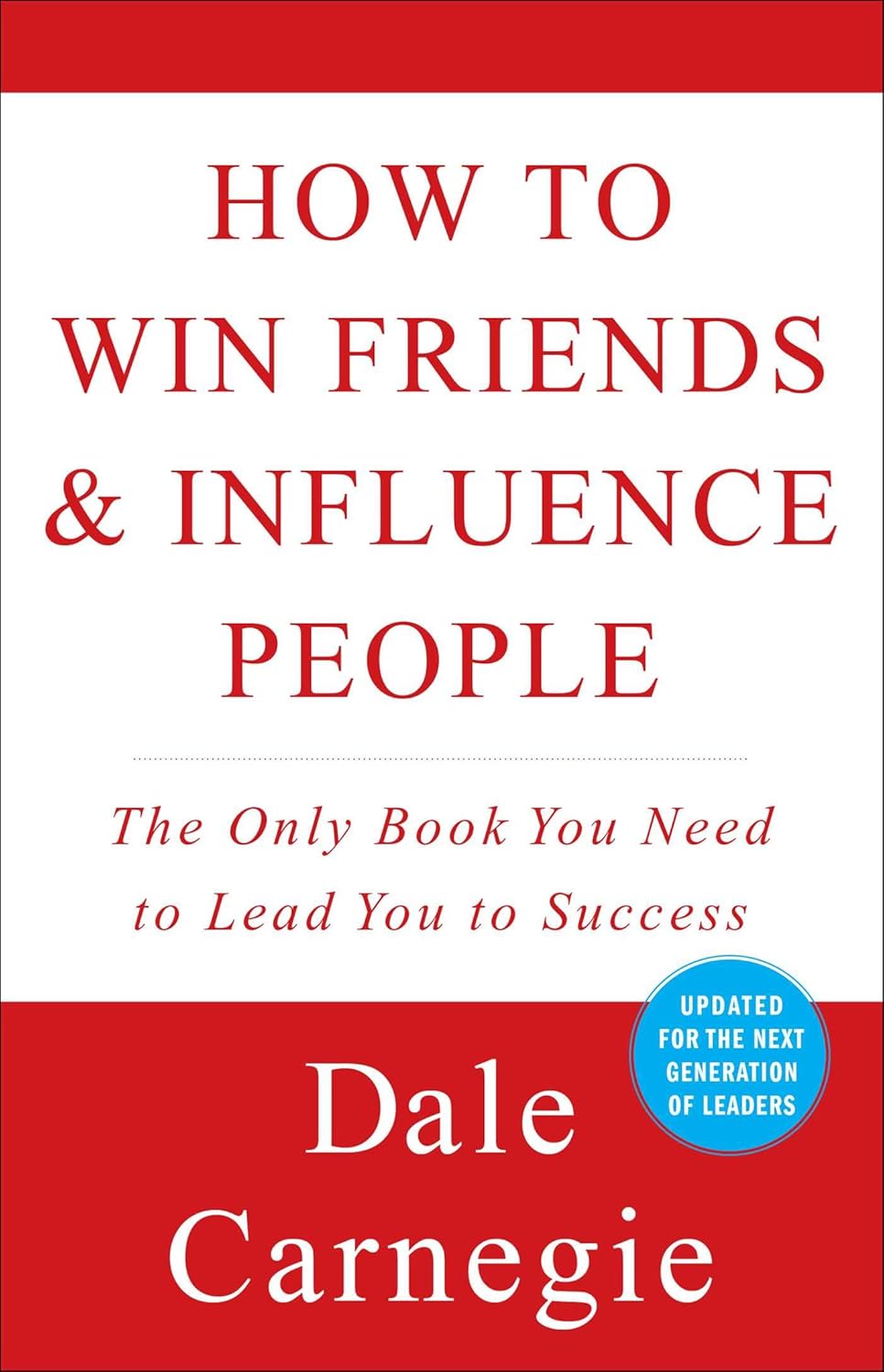

















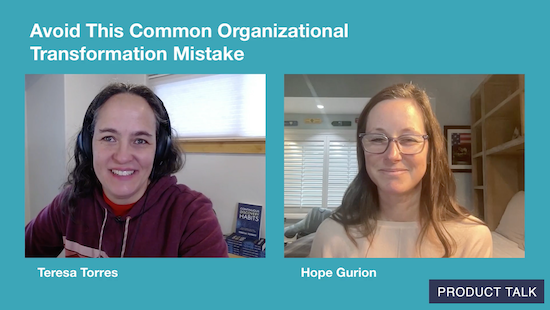
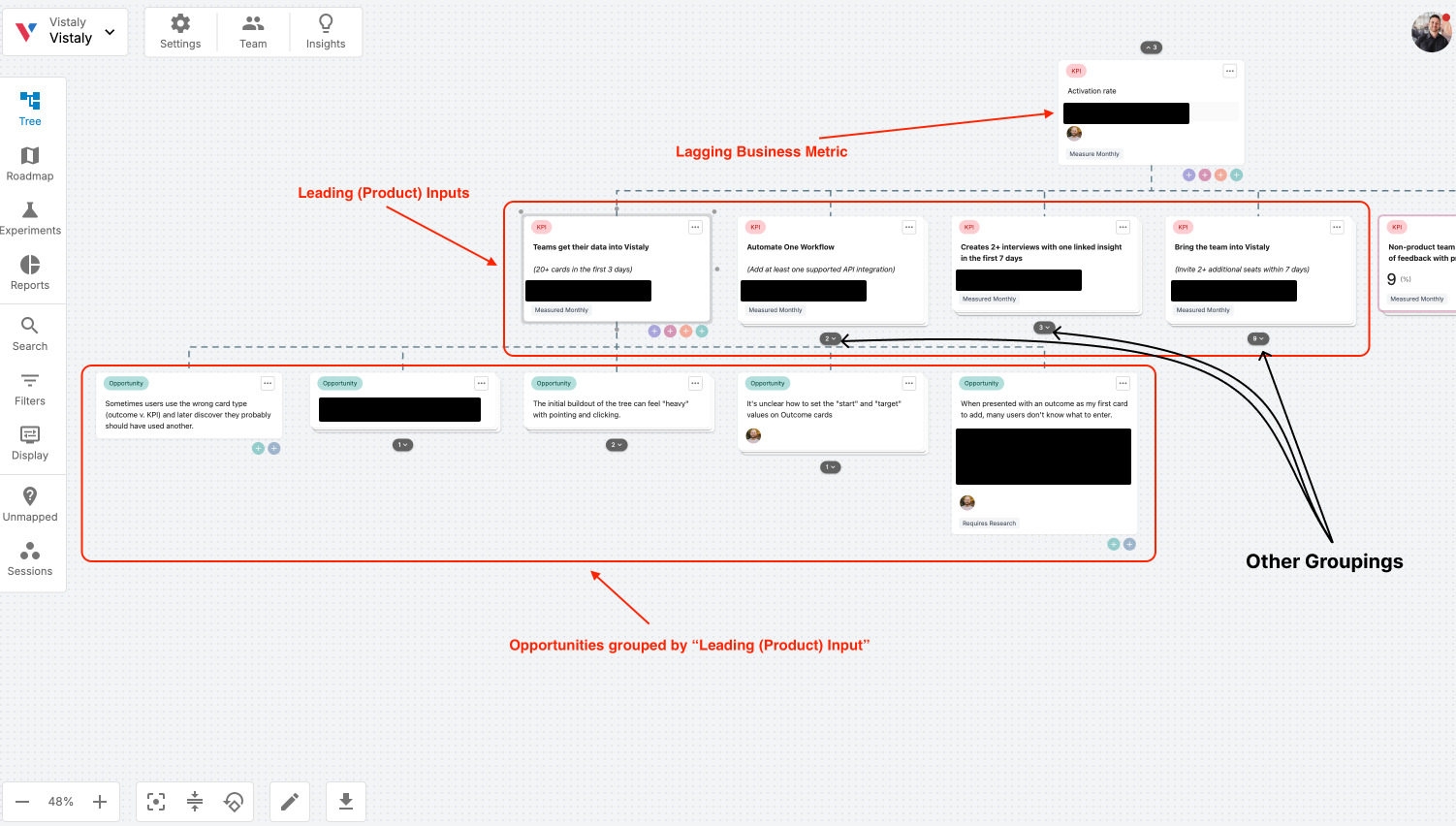
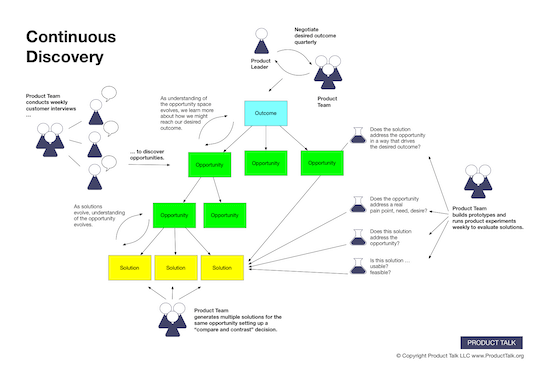














![Building A Digital PR Strategy: 10 Essential Steps for Beginners [With Examples]](https://buzzsumo.com/wp-content/uploads/2023/09/Building-A-Digital-PR-Strategy-10-Essential-Steps-for-Beginners-With-Examples-bblog-masthead.jpg)



![How One Brand Solved the Marketing Attribution Puzzle [Video]](https://contentmarketinginstitute.com/wp-content/uploads/2025/03/marketing-attribution-model-600x338.png?#)





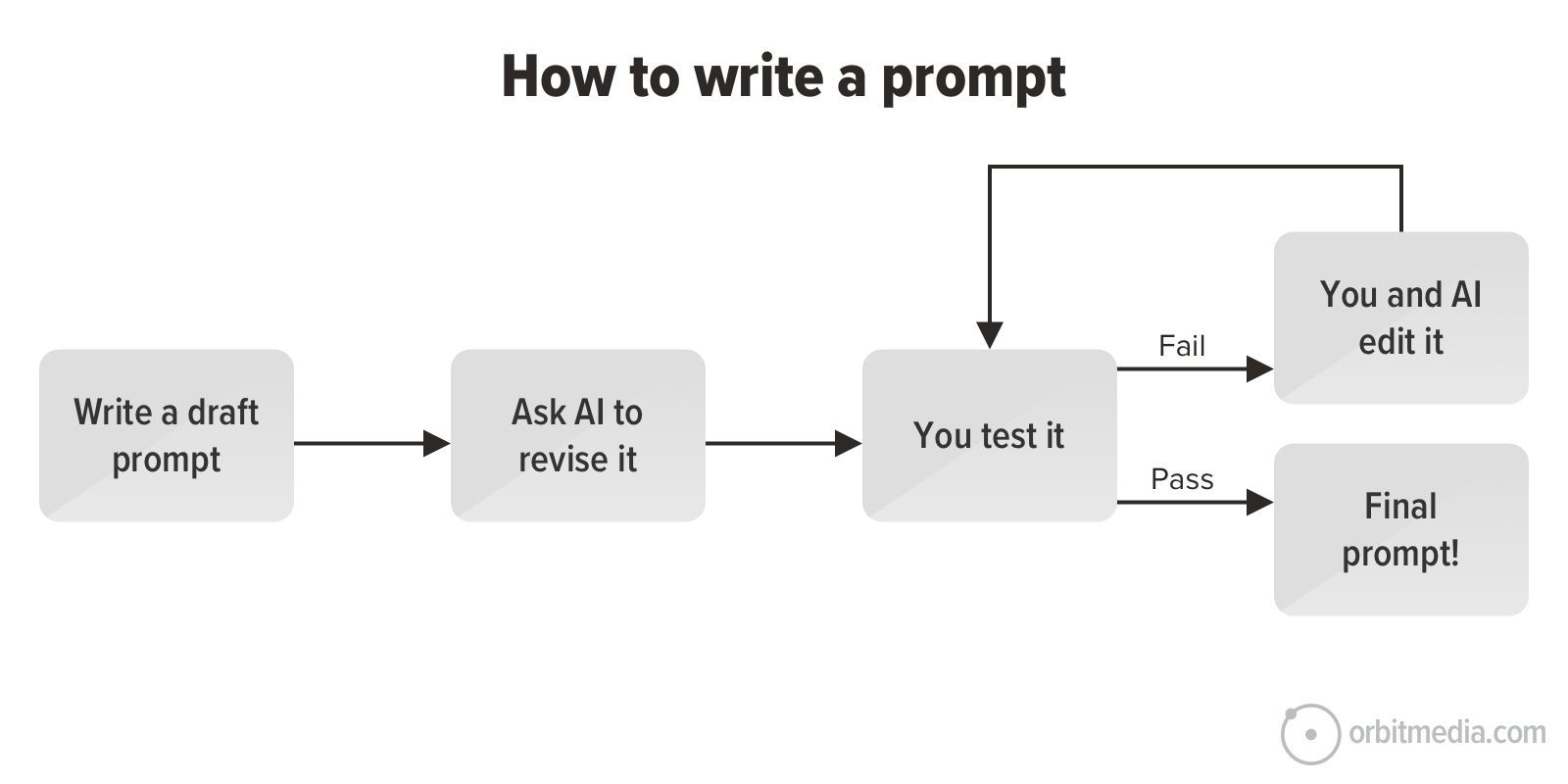
![How to Use GA4 to Track Social Media Traffic: 6 Questions, Answers and Insights [VIDEO]](https://www.orbitmedia.com/wp-content/uploads/2023/06/ab-testing.png)






























